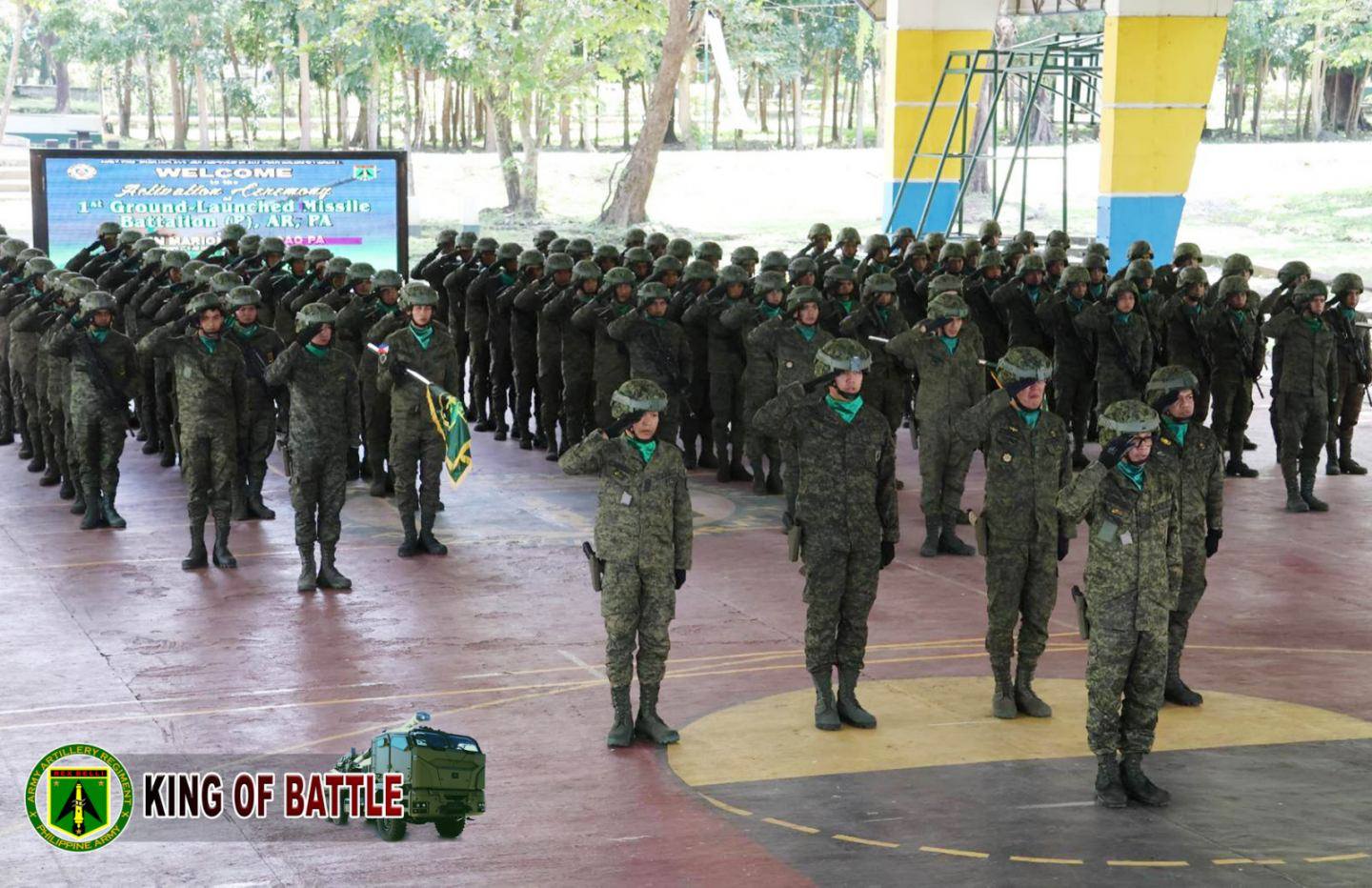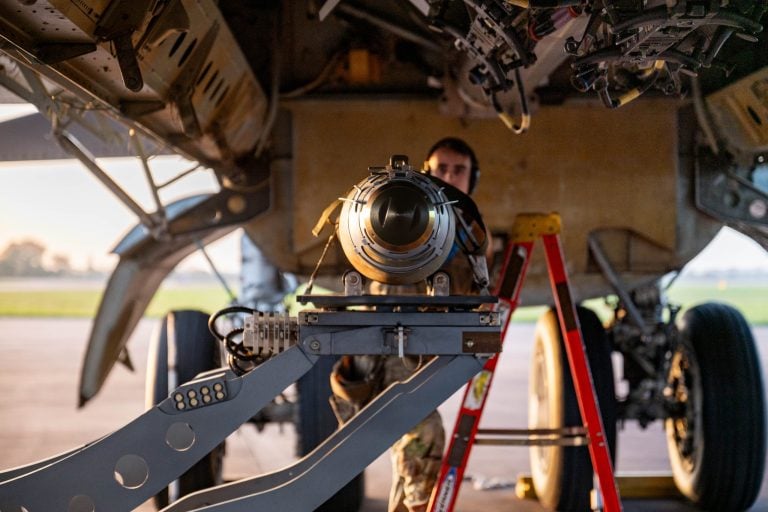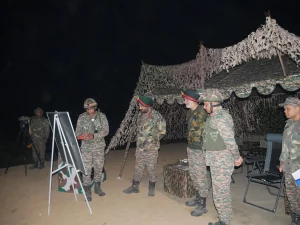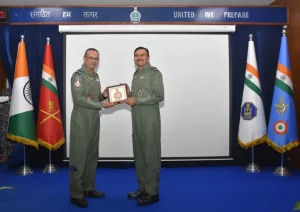The Philippine Army has officially launched its first land-based missile battalion, a significant step in enhancing the nation’s defense and long-range strike capabilities. The newly established 1st Ground-Launched Missile Battalion was inaugurated at the Artillery Regiment “King of Battle” headquarters located in Fort Magsaysay, Nueva Ecija.
Army spokesperson Colonel Louie Dema-ala emphasized that this activation is part of ongoing modernization efforts aimed at bolstering overall military readiness. The initiative aligns with national security policies and stringent security protocols, especially in light of rising tensions in the South China Sea, as reported by various local media outlets.
Brigadier General Marion Angcao, the Philippine Army’s Assistant Chief of Staff for Operations, participated as the guest of honor and speaker during the activation ceremony. He presided over the unfurling of the battalion’s flag, symbolizing its official establishment. Angcao highlighted that the new unit will significantly enhance the Army’s deterrent capabilities and its ability to safeguard the nation. He stressed the importance of professionalism, precision, and discipline in the responsible use of advanced weaponry.
Colonel Michael Yves Rayman has taken command of the new battalion, pledging to maintain its readiness and ensure its integration into the broader combat strategies of the military. The activation of the 1st Ground-Launched Missile Battalion is hailed as a historic milestone for the Philippine Army, marking the first dedicated unit to operate a ground-launched missile system. This advancement reflects the Army’s commitment to developing long-range precision strike capabilities and fortifying the country’s territorial defense posture.
In addition to this new battalion, the Philippine Navy has made strides in its missile capabilities. Recently, the Navy executed its first live firing of Mistral 3 short-range, surface-to-air missiles from the frigate BRP Jose Rizal, showcasing a notable improvement in air defense readiness. Furthermore, the acquisition of BrahMos supersonic cruise missiles from India has introduced a formidable anti-ship deterrent, boasting a range of nearly 300 kilometers (approximately 186 miles).
Manila is also collaborating closely with Washington to establish a mid-range strike capability. Filipino troops have begun training on the US-developed Typhon Mid-Range Capability missile system, which is capable of launching Standard Missile-6 and Tomahawk cruise missiles. Alongside these developments, the Philippines is actively pursuing additional missile and jet acquisitions, as well as integrating SPYDER air-defense systems to counter aerial threats.
These simultaneous expansions in both the Army and Navy’s missile capabilities demonstrate a comprehensive approach to enhancing the Philippines’ defense infrastructure in a time of heightened regional tensions.



















